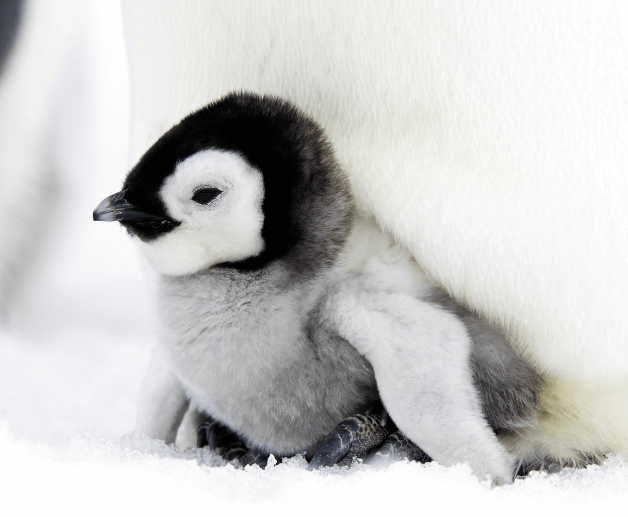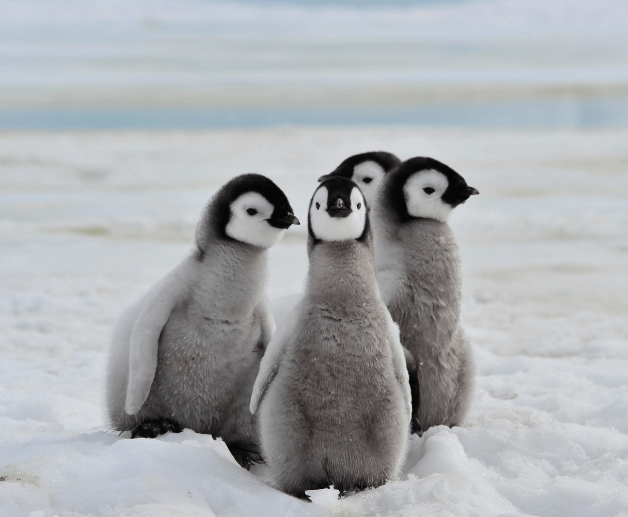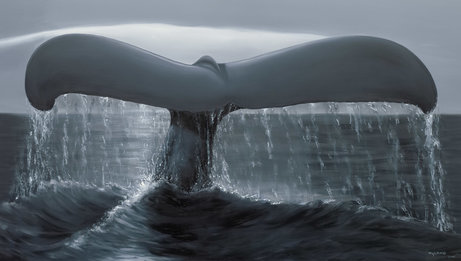
Can you nap like a penguin?
New York Times, Nov. 30 — The birds’ impressive ability to nod off may be an adaptation to an environment of constant interruptions.
Penguins are champion power nappers. Over the course of a single day, they fall asleep thousands of times, each bout a few seconds long, a new study has found.
Although animals have a wide range of sleeping styles, penguins easily take the record for fragmented sleeping.
“It’s really unusual,” said Paul-Antoine Libourel, a neuroscientist at the Neuroscience Research Center of Lyon in France who helped make the discovery. “This just highlights the fact that we don’t know much about sleep, and all animals are not sleeping like the way we read in textbooks.”
The study was published on Thursday in the journal Science.
The science of sleep got its start in the early 1900s when researchers used scalp electrodes to discover that people produce slow brain waves when dozing.

They found similar wave patterns in mice, pigeons and other captive animals. Over time, scientists discovered that pretty much every animal they studied spent some time each day unresponsive to their environment. Even jellyfish sleep despite their lack of a brain.
But how animals sleep varies a lot. Brown bats remain asleep for 20 hours a day, whereas giraffes get by on less than two hours. Human brains shut down entirely when we sleep, while seals can shut down a single side; with the other still awake, they can continue swimming as they doze.
As technological devices have become smaller and more powerful, researchers have discovered that sleep patterns documented in animals in captivity are significantly different from those observed in the wild. In zoos, for example, sloths will sleep for almost 16 hours a day. But in a Panamanian rainforest, scientists observed the animals sleeping for less than 10.
In 2019, Dr. Libourel and his colleagues tracked sleeping animals in an even more remote environment: King George Island, just 70 miles north of Antarctica.
Won Young Lee, a researcher with the Korea Polar Research Institute, invited the group to accompany him to the island, where thousands of breeding pairs of chinstrap penguins gather in nesting colonies to raise their young. In December 2019, the researchers outfitted the penguins with electrodes and other sensors that recorded their activity for up to 11 days.
The birds split their time between swimming in the ocean and staying at the nests to keep their eggs and chicks warm. Between each trip to sea, which took around nine hours, the penguins spent 22 hours, on average, taking turns caring for their young.
While in the ocean, the birds barely slept, spending just three percent of their time resting on the surface of the sea, the study found.
When the penguins returned to their nests, their brain waves slowed to a pattern that is typical for sleeping birds — but only for a few seconds. They woke up again, only to fall back asleep. The birds sped through this cycle 600 times in an hour.
Humans, too, can experience this sort of microsleep, though typically only after failing to get a good night’s rest. It can be dangerous, especially if we’re nodding off at the wheel of an automobile. But for chinstrap penguins, microsleep is the norm.
Penguins barely sleep while in the ocean, but when they return to their nests, their brain waves slow to a pattern that is typical for sleeping birds.Paul-Antoine Libourel
Dr. Libourel speculated that their sleep patterns reflect the extreme conditions where they doze. Penguin colonies are noisy and crowded, with birds constantly waddling back and forth from the ocean. The habitats are also dangerous: At any moment, a gull-like bird called a brown skua may dive at a nest and eat eggs or chicks.
The fact that penguins manage to sleep so much despite all these disturbances suggests to Dr. Libourel that the microsleep provides some essential benefit. Scientists have proposed many possible benefits of sleep. Some believe the brain needs it in order to clear away its cellular trash, while others argue that the sleeping brain fine-tunes its cellular connections.
But Vladyslav Vyazovskiy, a neuroscientist at the University of Oxford who was not involved in the research, questioned how much penguins benefit from fleeting bursts of sleep. It’s possible, he argued, that we may be thinking about sleep backward. It may be the default setting for the animal brain, and scientists should be trying to explain why animals wake up when they do.
“You’re basically spending your life asleep, and you just wake up when it’s needed,” Dr. Vyazovskiy said.
